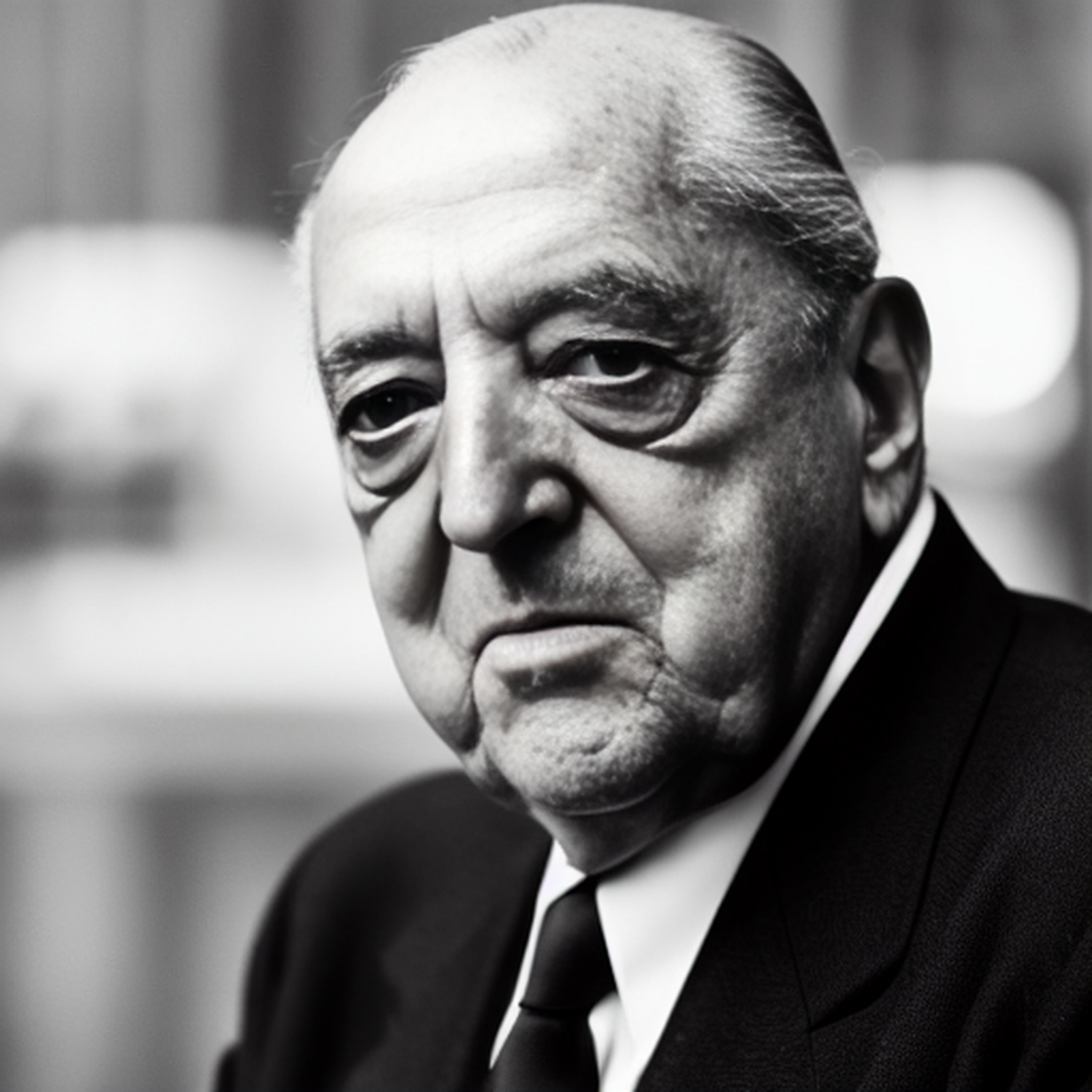
MR Stool | Hommage À Mies van der Rohe, 1927
MR Stool: Padded

MR Stool | Hommage À Mies van der Rohe, 1927
MR Stool: Padded
Hommage À Mies van der Rohe
MR Stool: Padded
MR Stool: Padded
Couldn't load pickup availability
The MR Stool with Cane Rattan was designed by Ludwig Mies van der Rohe in 1927. Influenced by Marcel Breuer’s and inspired by 19th-century iron rocking chairs, the MR Stool features a seamless tubular steel frame complemented by channel quilted leather cushions sectioned into a series of seamed panels.
The MR Stool is a footrest for the MR Lounge Chair, impromptu seating, or a soft table for books and magazines.
Shown in Tangeri Aniline Leather on Polished Chrome Steel.
The Archetype Forms MR Stool: Padded is a faithful reproduction of the original Mies van der Rohe MR Stool.
Share
Distinguishing Features
Distinguishing Features
Designer
Designer
Mies van der Rohe
Ludwig Mies van der Rohe was a German-American architect and designer who profoundly shaped modern architecture and furniture design. He began his career in Berlin before emigrating to the United States in 1937. Van der Rohe''s minimalist aesthetic is epitomized by his motto "less is more." His iconic Barcelona Chair and Ottoman (1929) were designed with Lilly Reich for welcoming the Spanish King and Queen to the German Pavilion at the Barcelona International Exhibition. His Barcelona Daybed (1930) and MR Chair series (1927) further showcase his mastery of minimalist form with organic and industrial materials. Mies's architectural achievements include the Seagram Building in New York and the Farnsworth House . His work is characterized by clean lines, detailed craftsmanship, and innovative use of industrial materials.
Dimensions
Dimensions
Width: 57.15 cm
Height: 45.7 cm
Depth: 60.3 cm
Construction
Construction
Upholstery: Custom Premium Hide or Fabric Selection from Archetype Forms
Structure: Tubular Steel Frame in Polished Chrome or Other Premium Treated, Painted or Powder-Coated Option from Archetype Forms
Support: Custom Natural Belting Hide or Other Premium Selection from Archetype Forms
Padding: High-Density Polyurethane Foam
Product Details
Product Details
MR Stool Padded
Ludwig Mies van der Rohe once remarked, “It is better to be good than to be original,” reflecting his belief in building on existing ideas to achieve excellence. The MR Stool demonstrates this philosophy, drawing on Marcel Breuer’s pioneering use of tubular steel and the flowing curves of 19th-century iron rocking chairs.
The original MR Stool has been recognized with the Museum of Modern Art (MoMA) Award in 1977 and the prestigious Design Centre Stuttgart Award in 1978.
Shop the MR Stool: Cane Rattan, originally designed by Mies van der Rohe, online in Canada and the USA. Bring the history of Bauhaus Design and International Style into your space.
Also available in the MR Stool Cane Rattan version.
Reproduction
Reproduction
The Archetype Forms MR Stool: Padded is a faithful reproduction of the original Mies van der Rohe MR Stool. This item is not manufactured by or affiliated with the original designer(s) and associated parties.






Product Information
Distinguishing Features
Designer
Mies van der Rohe
Ludwig Mies van der Rohe was a German-American architect and designer who profoundly shaped modern architecture and furniture design. He began his career in Berlin before emigrating to the United States in 1937. Van der Rohe''s minimalist aesthetic is epitomized by his motto "less is more." His iconic Barcelona Chair and Ottoman (1929) were designed with Lilly Reich for welcoming the Spanish King and Queen to the German Pavilion at the Barcelona International Exhibition. His Barcelona Daybed (1930) and MR Chair series (1927) further showcase his mastery of minimalist form with organic and industrial materials. Mies's architectural achievements include the Seagram Building in New York and the Farnsworth House . His work is characterized by clean lines, detailed craftsmanship, and innovative use of industrial materials.
Dimensions
Width: 57.15 cm
Height: 45.7 cm
Depth: 60.3 cm
Construction
Upholstery: Custom Premium Hide or Fabric Selection from Archetype Forms
Structure: Tubular Steel Frame in Polished Chrome or Other Premium Treated, Painted or Powder-Coated Option from Archetype Forms
Support: Custom Natural Belting Hide or Other Premium Selection from Archetype Forms
Padding: High-Density Polyurethane Foam
Product Details
MR Stool Padded
Ludwig Mies van der Rohe once remarked, “It is better to be good than to be original,” reflecting his belief in building on existing ideas to achieve excellence. The MR Stool demonstrates this philosophy, drawing on Marcel Breuer’s pioneering use of tubular steel and the flowing curves of 19th-century iron rocking chairs.
The original MR Stool has been recognized with the Museum of Modern Art (MoMA) Award in 1977 and the prestigious Design Centre Stuttgart Award in 1978.
Shop the MR Stool: Cane Rattan, originally designed by Mies van der Rohe, online in Canada and the USA. Bring the history of Bauhaus Design and International Style into your space.
Also available in the MR Stool Cane Rattan version.
Reproduction
The Archetype Forms MR Stool: Padded is a faithful reproduction of the original Mies van der Rohe MR Stool. This item is not manufactured by or affiliated with the original designer(s) and associated parties.

Hommage À Mies van der Rohe
Ludwig Mies van der Rohe was a German-American architect and designer who profoundly shaped modern architecture and furniture design. He began his career in Berlin before emigrating to the United States in 1937. Van der Rohe''s minimalist aesthetic is epitomized by his motto "less is more." His iconic Barcelona Chair and Ottoman (1929) were designed with Lilly Reich for welcoming the Spanish King and Queen to the German Pavilion at the Barcelona International Exhibition. His Barcelona Daybed (1930) and MR Chair series (1927) further showcase his mastery of minimalist form with organic and industrial materials. Mies's architectural achievements include the Seagram Building in New York and the Farnsworth House . His work is characterized by clean lines, detailed craftsmanship, and innovative use of industrial materials.





